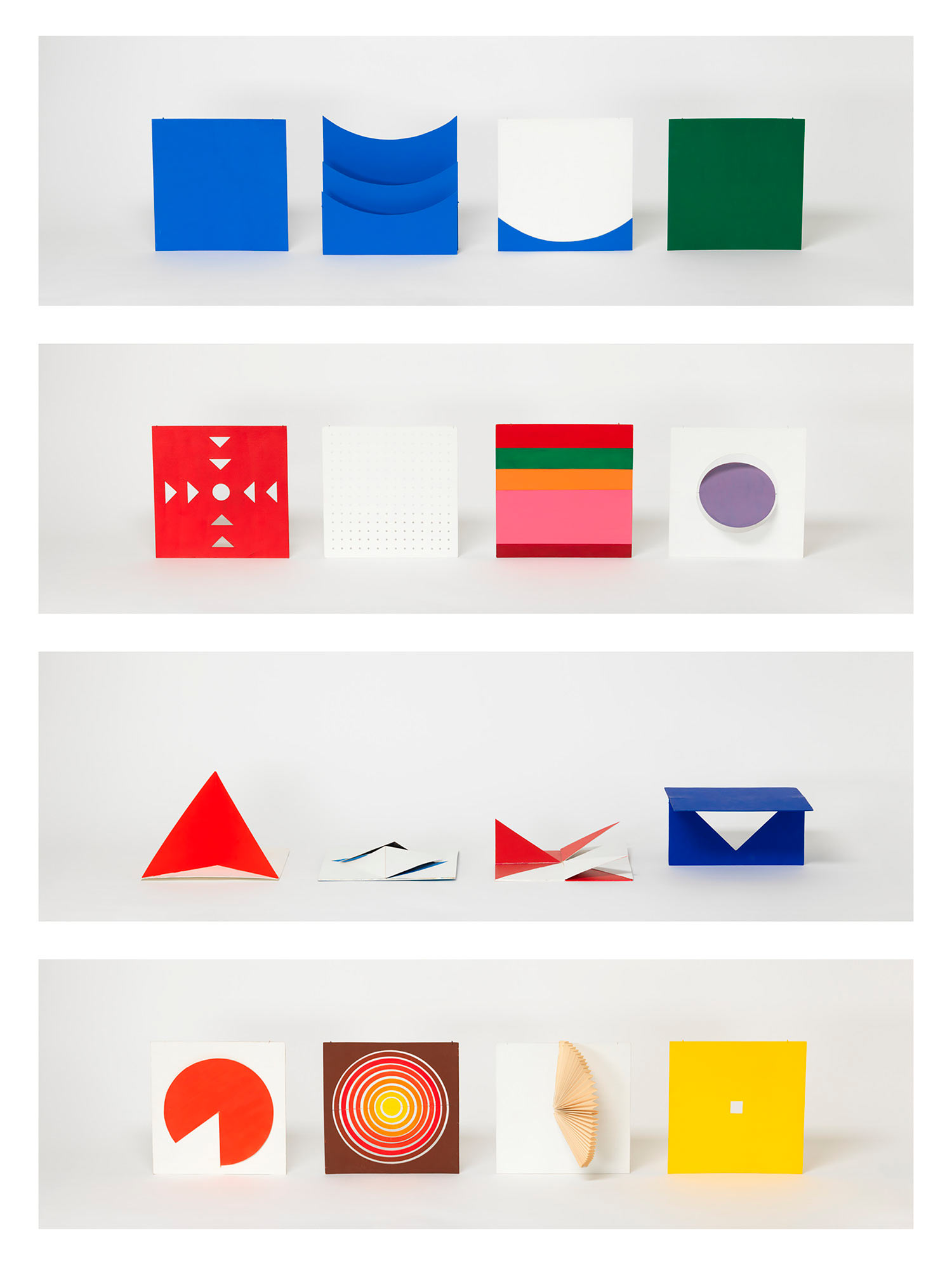Brazilian Neo-Concretism
In 1950 a Max Bill retrospective at the Museu de Arte de São Paulo in BraziI presented the principles of Concrete Art. For this artist “concrete is the opposite of abstract: figurative art is abstract from reality, whereas non-figurative art, a pure creation of the mind, becomes concrete through its materiaIization.” In 1957 a group of Rio de Janeiro artists close to BraziIian art critic Mario Pedrosa signed the Neo-Concrete Manifesto, reproaching Concrete Art with preferring “the machine eye” to the “body eye.” Lygia Pape and Lygia Clark, two major figures in Neo-Concretism, responded in an original manner to a Geometrical Abstraction considered to be too rigid. Lygia Pape focused on the multi-sensory apprehension of the work of art and Lygia Clark worked on an original passage from the second to the third dimension. Both abolished the distance between the art and the spectator by presenting interactive abstract pieces that could be handled.

